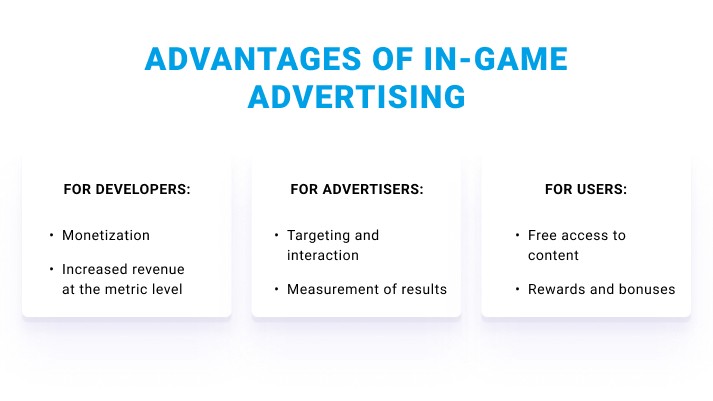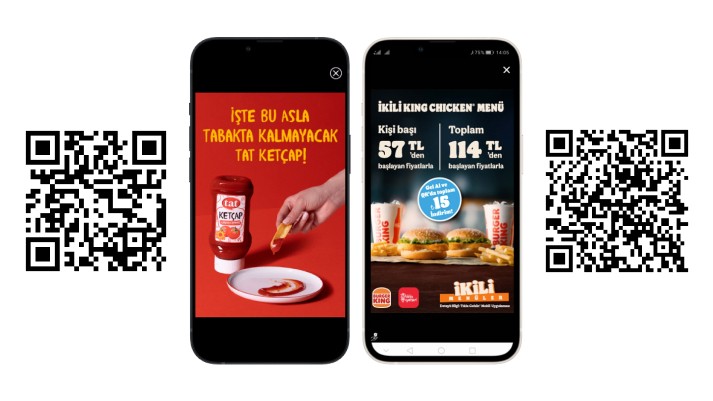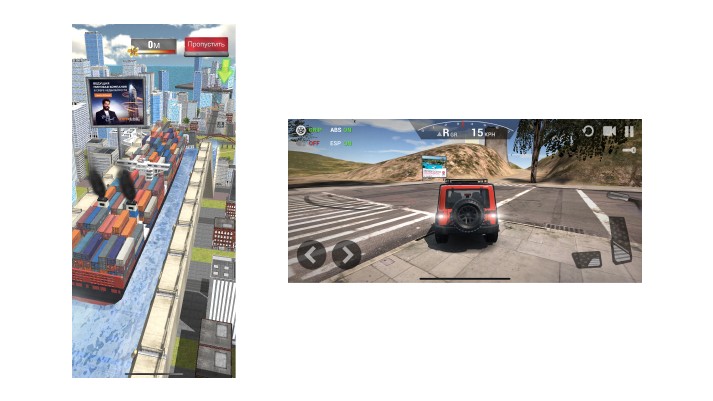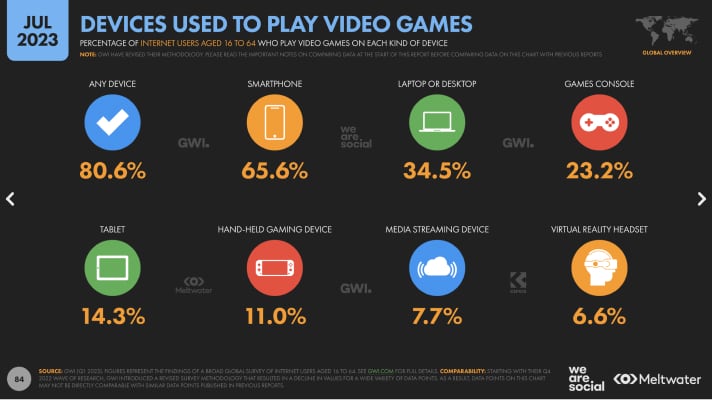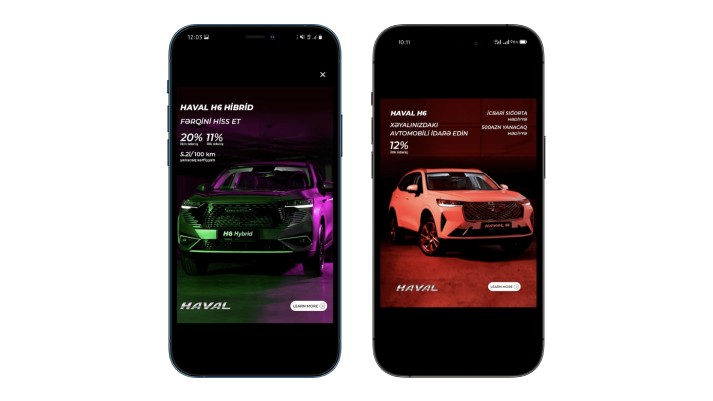In-game advertising: how it affects mobile users’ brand loyalty
Mobile gaming is an integral part of the digital industry, attracting an increasing number of users each year. Due to the growing popularity of mobile gaming, a new form of advertising has emerged – in-game advertising.
Here we will understand what in-game promotion is, what types it has, and how in-game advertising builds user loyalty to a brand.
What in-game advertising is
In-game advertising is advertising placed within video games. There are two types of such advertising: desktop and mobile.
Desktop in-game advertising typically utilizes a single format – integrated advertising. This means that the product or service is integrated into the game’s storyline during its development.
Certainly, this approach enables reaching a wide, financially capable audience. However, not all product’s target users may notice such advertising, while the cost of this advertising method is relatively high.
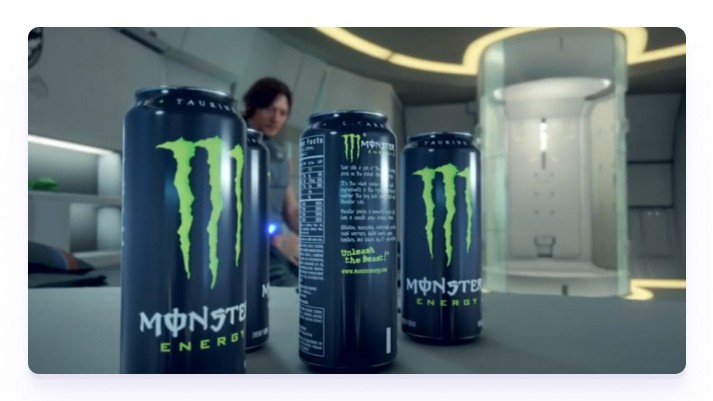
In-game advertising on mobile devices has become a popular option for advertisers. The reason for this is the growing popularity of smartphone gaming apps, as well as the transition of many gamers from desktop gaming to mobile gaming.
Another important fact is that mobile in-game advertising offers advertisers a variety of placement formats. Besides, it is mutually beneficial for all parties involved in the process: game developers, advertisers and players.
And here’s why.
The benefits of in-game advertising for developers:
- Monetization. Naturally, developers will receive income for in-game advertising in desktop versions of games. However, only the sale of advertising using programmatic technologies guarantees stable income and opportunities for further development.
- Enhanced revenue in terms of metrics. In-game advertising can lead to an increase in the average time players spend in the game (Retention Rate) and can also have an impact on increased in-game conversions.
The benefits of in-game advertising for advertisers:
- Measuring Results. Advertisers can easily measure the outcomes of their in-game advertising campaigns by monitoring metrics such as conversions, clicks, and app installations. This will assist in optimizing their investments in the future.
- Targeting and Interaction. In-game advertising in mobile apps allows you to reach your target audience accurately. Plus, it is known that positive interaction strengthens the relationship between users and the brand.
The benefits of in-game advertising for users:
- Free Content Access: Thanks to in-game advertising, much of the content is available for free. This is beneficial for users who cannot pay for games.
- Rewards and Bonuses: In-game advertising often offers players the opportunity to receive rewards, bonuses or in-game resources in exchange for watching commercials. For example, rewarded video ads are actively used to promote brands in mobile games.
Formats of in-game advertising within mobile programmatic:
As mentioned earlier, mobile programmatic offers a wide range of opportunities for in-game advertising. For those who are not familiar with this term, you may find our guide useful.
In summary, mobile programmatic allows for the purchase of advertising space in apps worldwide, with gaming apps constituting a significant portion of this process.
Popular formats for mobile in-game advertising:
- Rich Media banner
- Fullscreen banner
- Non-Rewarded Video и Rewarded video
Rich Media Banner
The primary characteristic of the Rich Media format is its interactivity. These banners are frequently built using cutting-edge HTML markup, which organizes online content.
Furthermore, various multimedia elements, such as graphics, animations, videos, audio, links, and more, are utilized when creating Rich Media advertising.
Fullscreen Banner
Fullscreen banners are frequently employed as an independent advertising format. This is due to their ability to occupy the entire screen of a mobile device, ensuring 100% visibility. Furthermore, fullscreen banners are cost-effective and yield a high click-through rate.
Advertisers often launch campaigns using not only fullscreen banners but also banners of different sizes. These smaller banners, in turn, appear in various sections of the mobile game.
Non-rewarded Video / Rewarded Video
Both of these formats allow video ads to be presented to users. The main difference is that the Non-rewarded Video format allows users to view a brand’s video ad without any reward, while the Rewarded Video format offers users a small incentive to watch the video.
In our experience, advertisers are actively utilizing both of these formats in mobile games.
Example of in-game mobile advertising
Let’s take a look at an example of in-game mobile advertising placed using the BYYD platform.
As you can see, this format seamlessly integrates into the interface of a mobile game, which attracts the attention of the audience and provides a high CTR for advertising content.
So, if you need advertising in mobile games, contact us!
Discover more about in-app advertising from this article.
How in-game advertising influences brand loyalty
According to the recently published Digital 2023 July Global Statshot Report, a significant portion of users prefer to play video games using a smartphone. Thus, the number of mobile players is 60%, while laptops and desktops account for 34.5%.
This data says a lot about the current market. Today, mobile games are available to everyone, and the app market has genres and themes to suit every taste.
When analyzing how in-game advertising affects user loyalty, it is important to understand the following. People spend about 6 hours on their smartphones, and a significant part of that time is spent playing games. For many people, mobile games have become not just a way to pass the time, but a real hobby.
This regular interaction is one of the key aspects of loyalty. If a potential customer sees a brand’s advertisement frequently, the likelihood that he or she will go through the sales funnel increases. As a result, the brand gains a loyal user and a strong community, which is especially important in today’s realities.
The same user journey model applies to brand advertising, of which mobile programmatic is a part. It is aimed at keeping users interested in the brand and building a positive image among the audience.
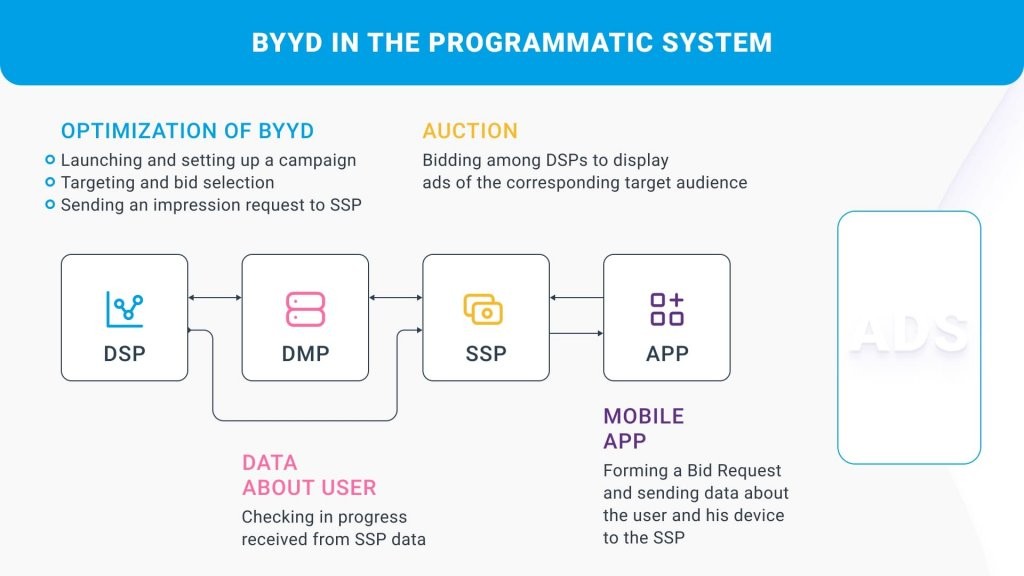
The BYYD case study
To vividly demonstrate how in-game advertising has impacted user loyalty to the brand, let’s present a case study from our practical experience – the mobile promotion of the Haval brand in Azerbaijan.
When implementing the advertising campaign, we configured socio-demographic targeting, focusing on men (70%) and women (30%) aged 25-57. We also selected relevant interests in topics such as cars, business, travel, career, and more.
Platforms that exhibited low response rates and unsatisfactory click-through rates were placed on a Black List. Over the course of the entire campaign, we were able to reach more than 400,000 unique users and achieved a high CTR of 1.86%.
In conclusion, mobile in-game advertising continues to establish itself as an effective brand promotion tool. It offers advertisers a wide array of formats and placement options while delivering numerous advantages to both developers and users.
If you’re looking to start a mobile programmatic campaign, don’t put it off. Contact BYYD and we’ll help you build user loyalty and exceed brand performance metrics on our platform.
Was it useful? Then share it with your friends and colleagues!
For consultation and cooperation, please contact hello@byyd.me
